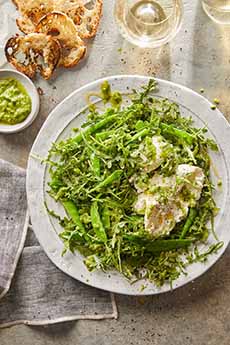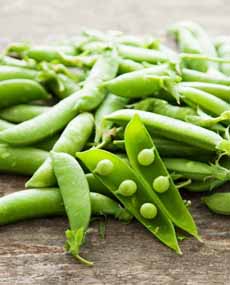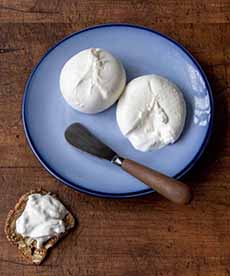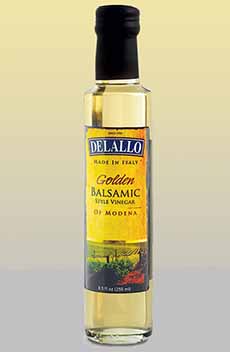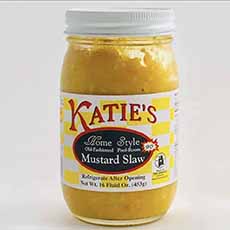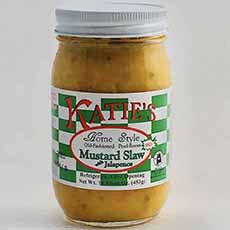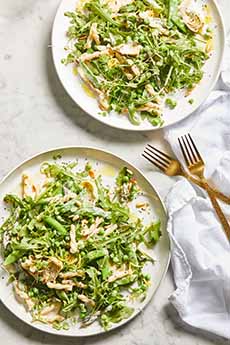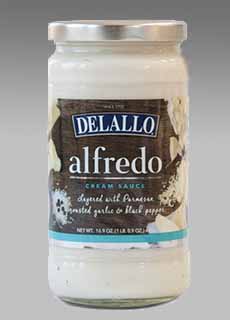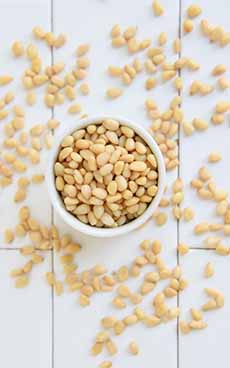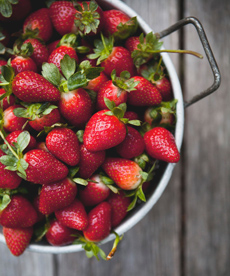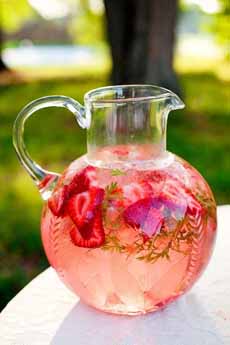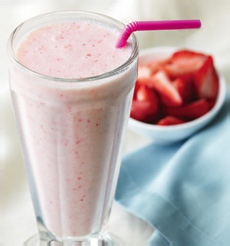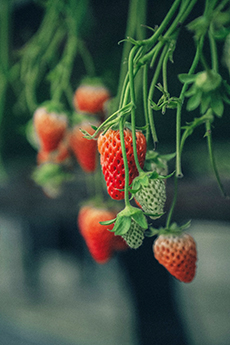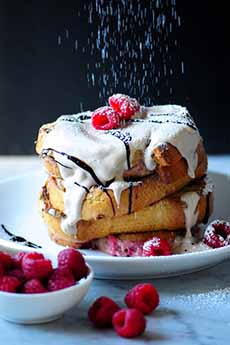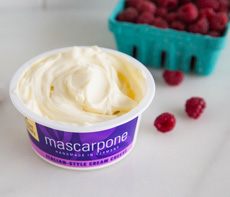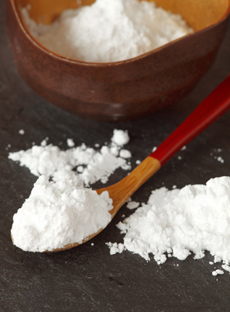|
Cooking dinner every day during quarantine, we’ve found spring pasta and pizza recipes that are a delightful break between the standards.
We’ve been making “Spring Pizza”” once a week. It has spring peas and tendrils, sugar snap peas and watercress.
When we have them in the fridge, we add asparagus, too.
Now for a tandem recipe from Delallo: Fettuccine Alfredo “primavera.”
Although it isn’t part of the original Fettuccine Alfredo recipe, we add green peas and garnish with snipped chives or parsley to add a bit of color and flavor to the super-rich sauce.
(Fettuccine Alfredo was created by a restaurateur to give his pregnant-and-not-hungry wife a bland dish that she could eat. Here’s the story)
It uses arugula, asparagus, sugar snap peas and frozen peas and is simple to make. You don’t even have to make Alfredo sauce: Buy a jar instead.
DeLallo also switched the fettuccine for gemelli (photo #2).
> National Fettuccine Alfredo Day is February 7th.
> The year’s 20+ pasta holidays.
> The history of Fettuccine Alfredo.
> The history of pasta.
> The different types of pasta: a photo glossary.
ABOUT GEMELLI
DeLallo chose gemelli, the Italian word for twins, for this twisted pasta short cut.
However, gemelli are not twin tubular strands twisted together. Look closely: You’ll see that they are a single S-shaped strand twisted into a spiral.
The shape allows sauces to better attach to the entwined pasta’s crannies—as opposed to sliding off flat fettuccine—increasing the flavor in each bite.
There are approximately 350 pasta shapes in Italy and more than four times the different names for them (source).
Each region had its own dialect; and while flat cuts like spaghetti and linguine were pretty universal, different regions developed some unique cuts as well.
In the days before mass communication, few people knew what other regions were making.
Gemelli are are related to fusilli as another complex helix. In this case, always with two blades, but the blades are curved until they almost enclose themselves to make tubes – somewhat like twisted casarecce.
Gemelli pairs nicely with light tomato sauces, dairy-based sauces, oil-based sauces, and in pasta salads (source).
Similar shapes are caserecce, rotini, strozzapreti and trofie.
RECIPE: PASTA ALFREDO WITH ANY TYPE OF PASTA
Ingredients For 4-6 Servings
1 pound gemelli pasta (or shape of choice)
1 jar Alfredo sauce
8 ounces asparagus, trimmed and cut into 1/4 inch pieces
8 ounces sugar snap peas, trimmed
1 cup frozen peas, thawed (substitute the costlier fresh peas if you like)
1 (12-ounce) jar or can artichoke hearts, halved
2 cups arugula
1 cup pine nuts, toasted (how to toast nuts)
Zest of 1 lemon
Salt and pepper to taste
Preparation
1. BRING a large pot of salted water to a boil. Cook the pasta according to package instructions. Drain. Meanwhile…
2. HEAT the Alfredo sauce in a medium saucepan over low heat until cooked through, about 10 minutes.
3. PREPARE 2 bowls with ice baths. Bring a medium pot of salted water to a boil. Cook the asparagus in the boiling water for 2 minutes; then transfer to an ice bath using a slotted spoon. Add the sugar snap peas to the water and cook for 2 minutes; then transfer to the other ice bath using a slotted spoon.
4 COMBINE the pasta, asparagus, sugar snap peas, artichokes and sauce in a large bowl. Toss well to combine and season with salt and pepper.
5. DIVIDE the mixture among the plates and top with the lemon zest and pine nuts.
|
